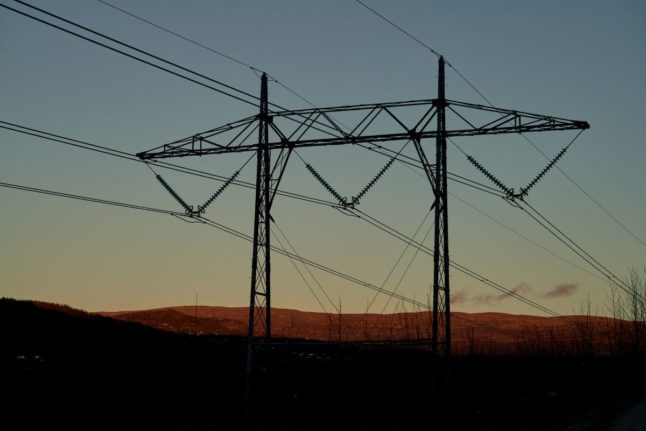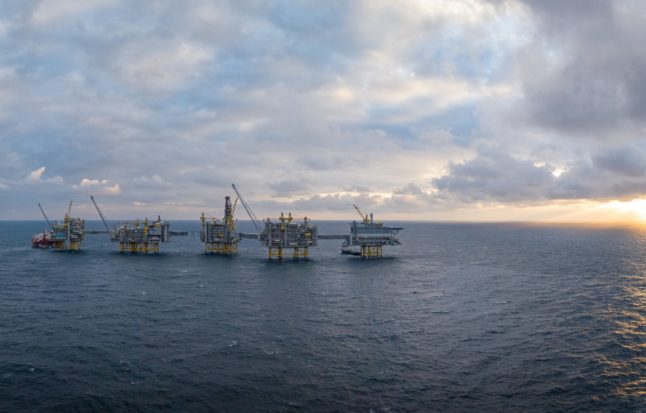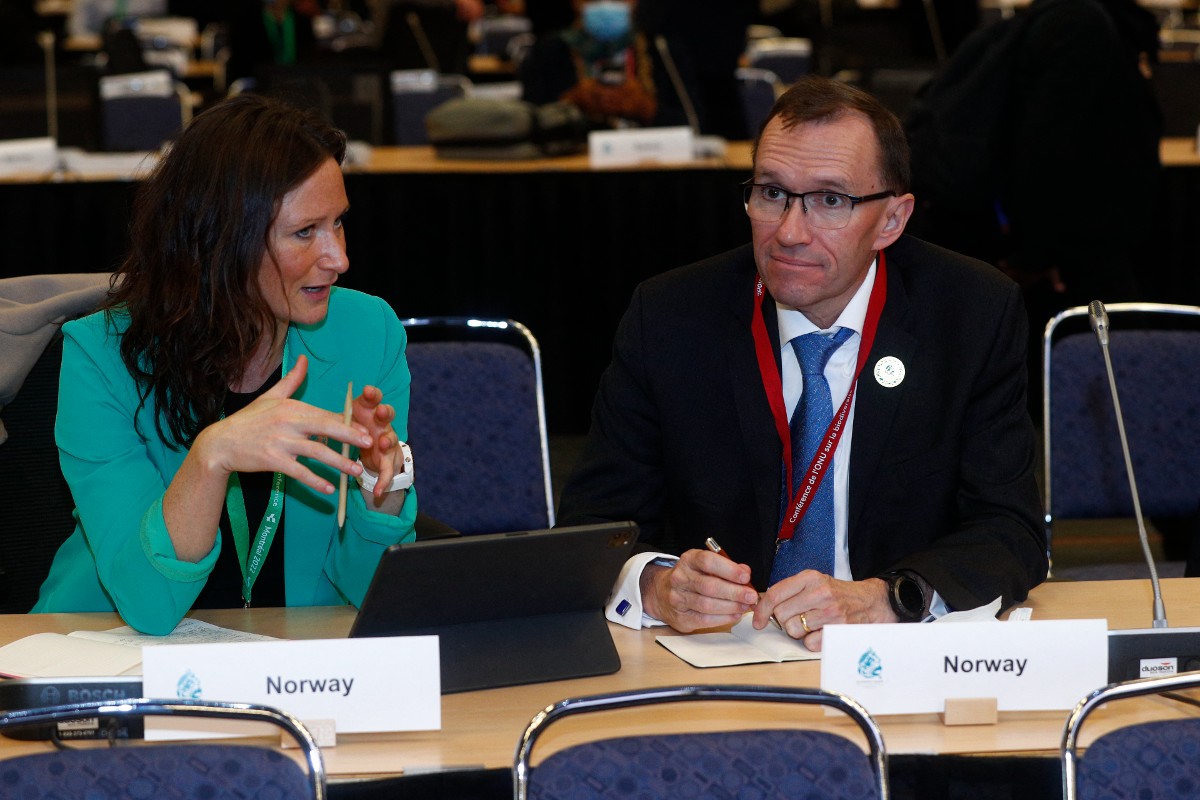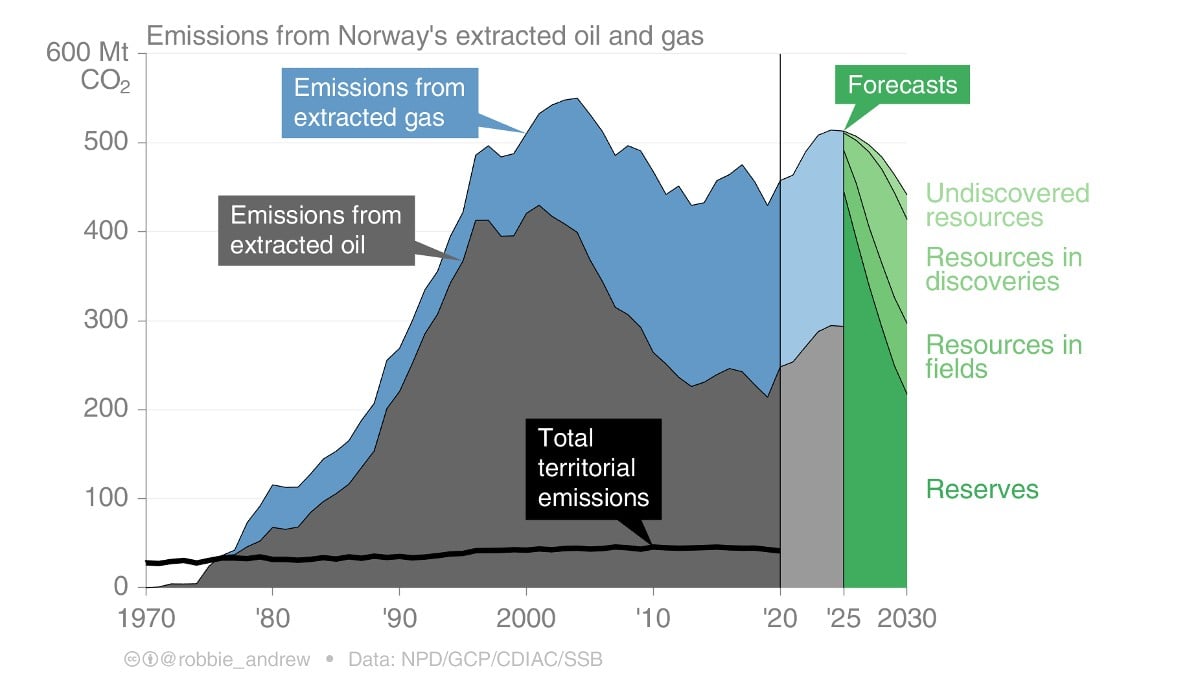The average energy bill for November is expected to exceed 2,000 kroner, according to an energy price index from the energy organisation Fornybar Norge.
Energy prices in Norway were high across the country, and the average price was high enough in all five energy price regions to trigger government support. The state in Norway covers 90 percent of the energy price that exceeds 70 øre per kilowatt hour.
The reason for the spike in prices was a colder than typical November, which saw several records broken. Last month was the coldest November for 13 years.
READ ALSO: Could a heat pump be a cheap alternative for keeping your home warm in Norway?
The lower temperatures meant more and more cranked up the heating to keep warm. Energy consumption increased by a third during November compared to the same month a year ago.
“The reason for the high electricity bills is that winter came early this year. It was bitterly cold for large parts of November, and this has meant that people have used much more electricity to heat their houses. This has led to increased demand for electricity, which in turn has caused electricity prices to rise,” deputy director Bård Standal of Fornybar Norge said.
Due to the prices triggering support, Fornybar Norge estimated that households in southern Norway received around 640-700 kroner in energy support. Those in central and northern Norway may have received around 300 kroner in support.
“The electricity subsidy scheme reduces the price consumers pay for electricity and probably also leads to somewhat higher electricity consumption,” Fornybar Norge said.
Norway is reliant on hydropower to meet the majority of its energy needs. Low precipitation levels also mean that the occupancy rate in hydroelectric reservoirs is lower than the median in recent years.
“In November, there were several weeks of low temperatures and less precipitation than average. The low temperatures contributed to a large part of the precipitation settling as snow and giving little inflow to the water reservoirs,” the Norwegian Water Resources and Energy Directorate (NVE) said.
In the winter, energy prices in Norway are likely to fluctuate, according to the NVE.
“NVE assesses the power situation on an ongoing basis, and at the start of winter the power situation is good. We still expect periods of higher power prices than what we have been used to historically. What the prices will actually be during the winter depends on many factors such as the weather and the gas price,” the NVE said in a report.
Another factor that affects energy prices in Norway is the export cables that transfer power from Norway to the continent. This also means that when energy prices are high across Europe, they will also be high in Norway.
Gas prices also affect energy prices in Norway due to the presence of cables. While gas prices are lower than last year, they are still high compared to other years.





 Please whitelist us to continue reading.
Please whitelist us to continue reading.
Global Warming is heating up the ice and everything is melting.
Or not?